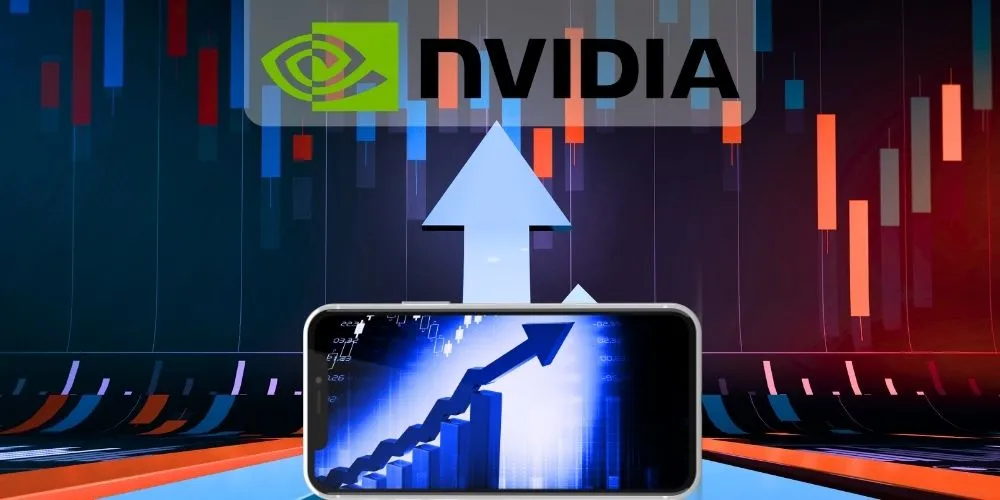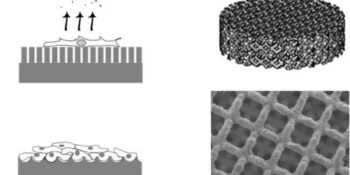Key Points:
- 5 AI stocks were identified as candidates for a stock split in late May. Nvidia, Broadcom, and Lam Research have announced stock splits amid the AI boom.
- Nvidia leads AI GPUs and software, Broadcom excels in networking chips and ASICs, and Lam Research dominates semiconductor equipment manufacturing.
- Nvidia has the highest growth expectations but faces significant competitive risks.
- Broadcom and Lam are recovering from downturns in non-AI segments and have substantial, less volatile business areas.
With the artificial intelligence (AI) revolution in full swing, the share prices of favored semiconductor stocks have surged. Five AI stocks were identified as candidates for a stock split in late May. Since then, three—Nvidia (NASDAQ: NVDA), Broadcom (NASDAQ: AVGO), and Lam Research (NASDAQ: LRCX)—have announced splits. Nvidia completed its 10-for-1 split on June 7, Broadcom will execute its split on July 15, and Lam Research will follow on October 3.
While stock splits make shares more accessible to retail investors and employees, they do not alter the fundamentals or overall business value. Following their post-split surges, investors are now evaluating which AI stock offers the best investment opportunity.
Nvidia has emerged as a clear leader in the AI revolution thanks to its market-leading GPUs and CUDA software, which programs GPUs for data processing. As an early mover, Nvidia has enjoyed a near-monopoly on chips for training large language models.
Broadcom, a leader in ethernet networking chips, supports data centers by transferring massive amounts of data between memory and processors. Its custom ASIC (application-specific integrated chip) IP business aids large cloud companies in developing their in-house AI accelerators. Lam Research, a key semiconductor equipment manufacturer, dominates specific etch and deposition processes crucial for producing Nvidia and Broadcom chips, among others.
All three stocks have surged over the past 18 months, recovering from the semiconductor downturn in 2022 and fueled by AI enthusiasm in 2023. Despite high valuations, Nvidia’s forward P/E ratio is the highest. Still, it also boasts the highest expected growth rate and the lowest PEG ratio (forward P/E divided by the expected earnings growth rate over the next five years), arguably the cheapest growth potential.
However, investors should be cautious. A PEG ratio relies on expected growth rates, which can be uncertain. Nvidia’s projected growth may not materialize if AI spending slows or competition intensifies. Nvidia’s net margins soared to 58.5% last quarter, but high profits often attract fierce competition, potentially affecting its growth and margins.
While Nvidia is riding the AI wave, Broadcom and Lam Research are poised for future growth. Networking investments, benefiting Broadcom, typically follow chip purchases, while increased chip production capacity will boost Lam Research. Both companies have diverse businesses and significant service segments, reducing risk.
Broadcom and Lam Research are emerging from downturns in non-AI businesses. Broadcom’s broadband and storage controller segments are stabilizing, and Lam Research is gaining market share in foundry and logic chip production. Both companies also have substantial, less volatile business segments. Broadcom’s software division, bolstered by its VMware acquisition, now constitutes 42% of its revenue. Lam’s spares and services business accounted for 37% of its revenue last quarter.
While Nvidia appears to be a current AI monopoly, it faces growing competition. Broadcom and Lam Research, with their diverse businesses and lower valuations, offer safer investment options. Both companies are well-positioned to benefit from AI growth. Investors may find more stability and potential upside in Broadcom or Lam Research than in Nvidia.











